You have been scheduled to be interviewed in a corporate video. Depending upon the size of your company and your position within it, this may be happening with greater frequency given long-term trends in corporate communications.
Nervous? Of course, you are. No matter how proficient you might be in communicating key corporate messages in various venues, the presence of cameras, studio lights, and crewmembers tend to induce butterflies.
When I first began producing corporate videos, I would encourage my on-camera clients to allow for a rehearsal period, either immediately prior to the scheduled session or, preferably, the day before.
“I give presentations all the time,” would often be the response. “I don’t need to rehearse.”
That might be true if the skill sets required for live presentations were the same as those for on-camera delivery. Fact is, they are quite different. One requires an expansive, more formal method of delivery; the other, an intimate and relaxed approach.
Over the years, I have developed a tip sheet for on-camera interviews that clients find helpful. They include the following:
1) Understand that the pressure is not on you, it’s on the interviewer, your producer. The best producers have done their homework and have structured the interview so that they are assured of obtaining the best soundbites from you. Though the camera may be aimed at you, the producer is the one in the hot seat.
2) Tune out the lights, the camera, the microphone. Focus only on your producer, the person asking you the questions. Regard the process as a comfortable conversation with a trusted friend rather an interview.
3) Show enthusiasm. You’re ultimately trying to sell something. Within any conversation, you display enthusiasm and passion by:
· Smiling
· Using facial muscles
· Modulating your voice
· Moderating the speed in which you deliver key sentences
· Speaking naturally – this is a conversation, not a presentation
4) Body language speaks. We’ve heard these rules since we were 5 years old: Sit up straight, don’t hunch over, open your chest. By doing so, you are improving your speaking performance, as well as increasing the enthusiasm and animation within your answers.
5) Lose the “um’s,” “er’s,” or “ah’s.” People often say, “I can’t help it. That’s just the way I talk.” These fillers are often the result of speaking too quickly and being uncomfortable with pauses. Slow down and allow for the pause. Which brings up our next point…
6) Wrap it up. For the most part, producers are looking for answers in the one-minute range – or less. Anything longer might be overly detailed or rambling filler. Your producer should be asking bite-sized questions that allow for a limited range of answer. If the question is effectively answered, you’re done.
7) Avoid jargon. Assume your soundbite will be viewed by an audience who does not know as much about a topic or your industry as you do. Avoid acronyms, industry slang, code words, etc. Pretend you are talking to your neighbor or a relative, who is interested in what you do, but may have little understanding of the industry itself.
8) “What should I wear?” A common – and important – question, with no easy answer. Like any form of nonverbal communication, clothing speaks. Make sure you discuss this in advance with either your producer or your communications manager.
And, perhaps, the most important tip: Have fun. You are broadening your skill sets and widening your comfort zone. Any new experience allows for personal growth.
“That wasn’t so painful,” one client told me, relieved. “In fact it was kinda fun. Let’s do it again!”

